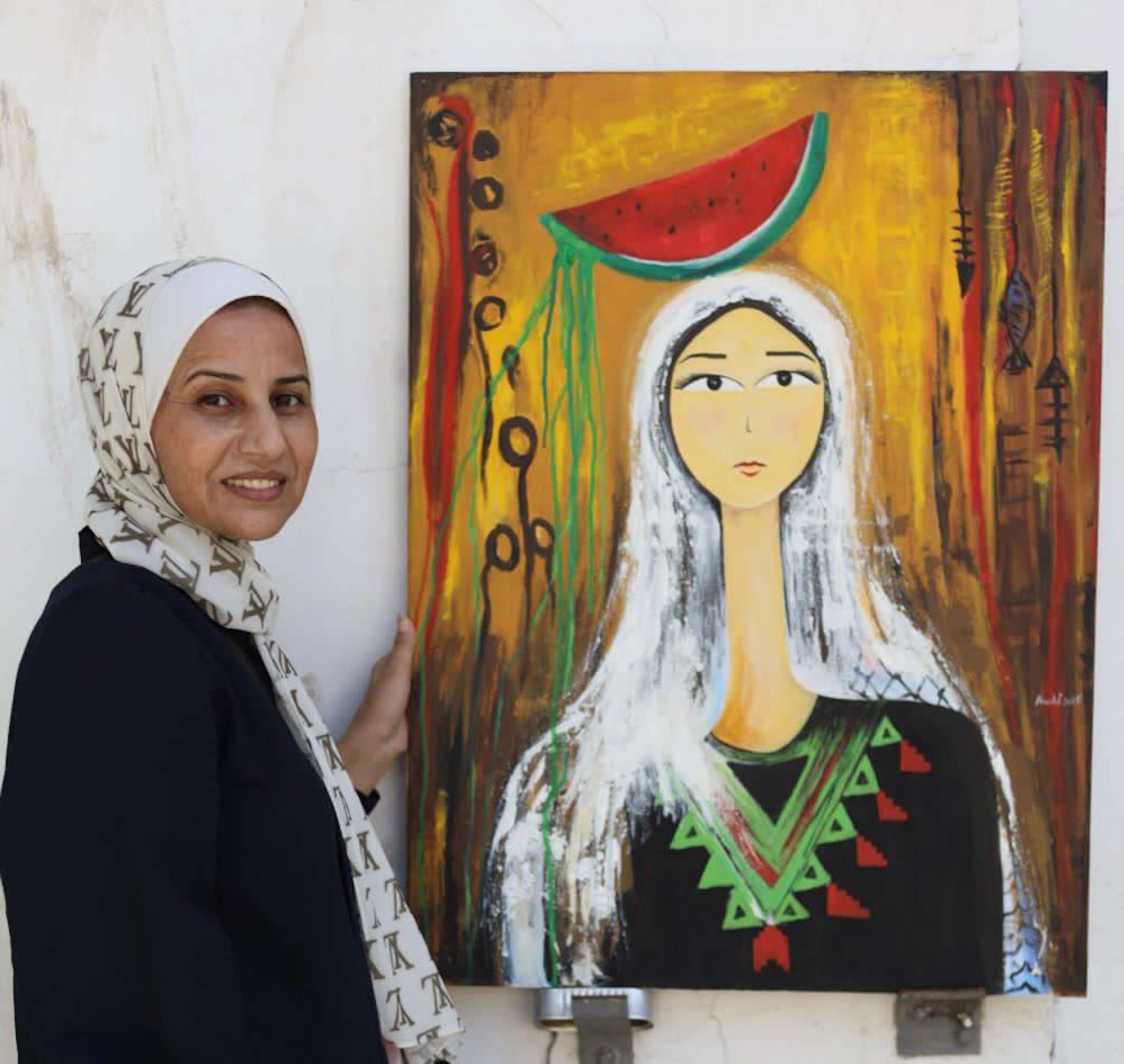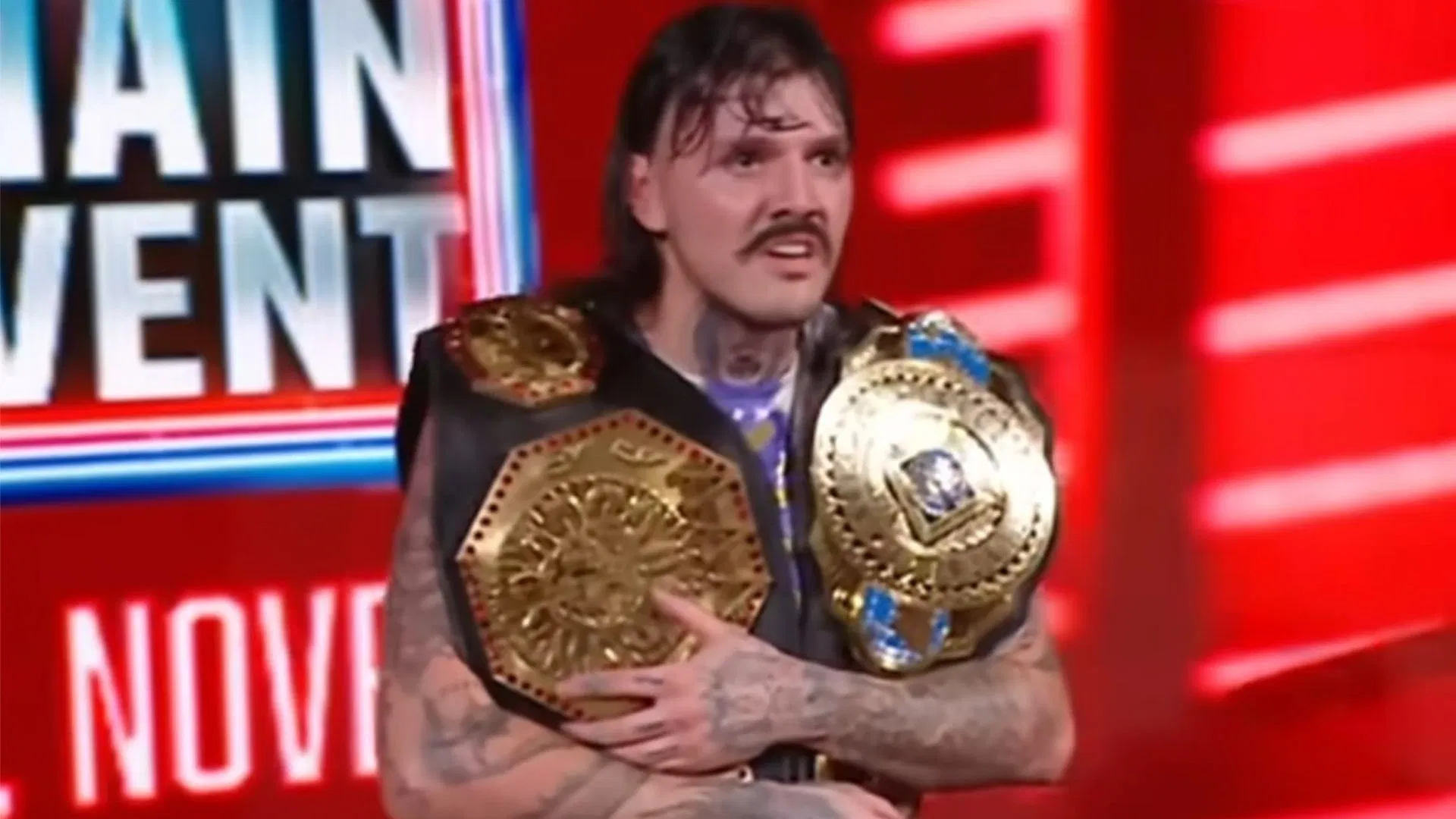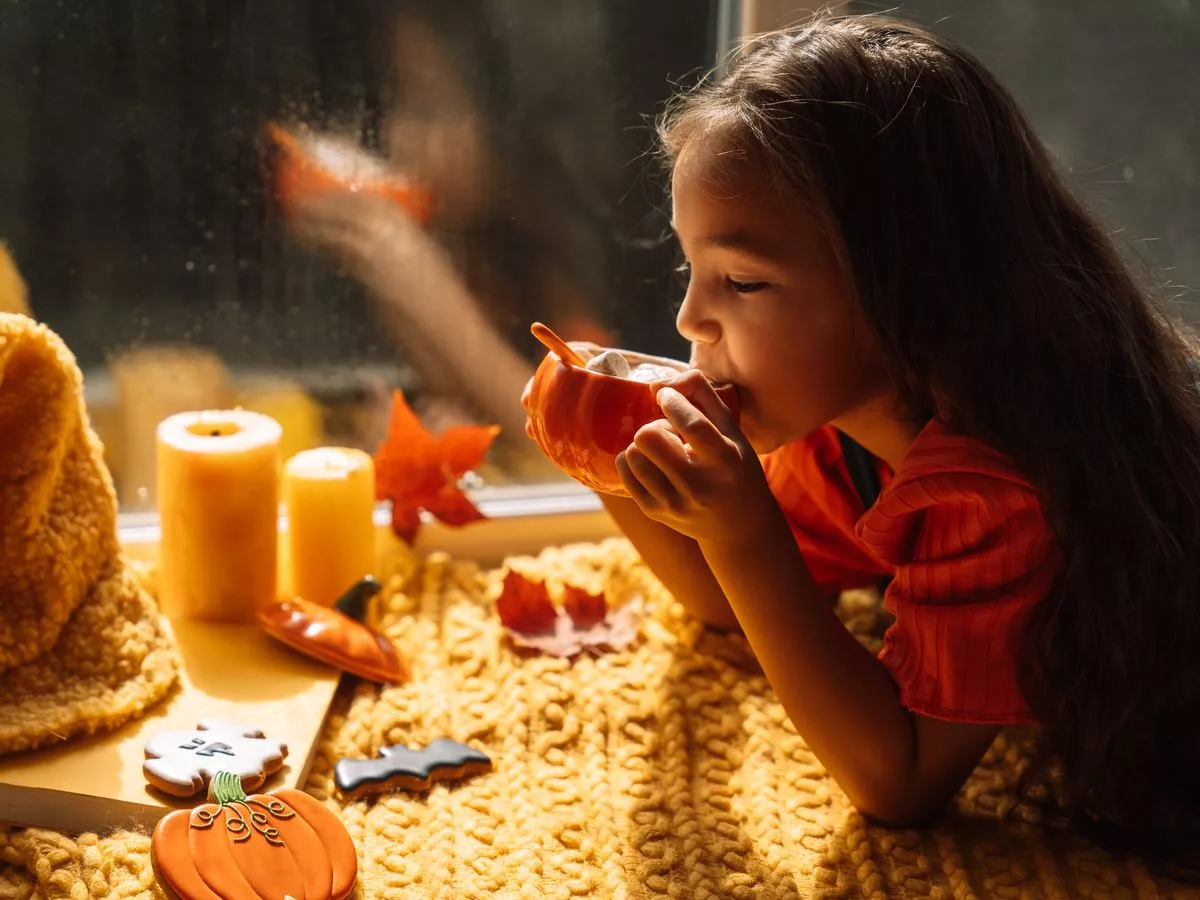Copyright truthout

Despite the horror and brutality of life under the relentless torture of occupation, the world is astonished that Gazans still hold on to hope. We create hope for others when we insist on believing that Gaza can rise again from the rubble, even as we hear the sounds of bombardment destroying our homes, snatching the lives of our loved ones, and shattering our dreams. Painter Frans Al-Salmi continued to create until her very last moment. She was killed by the Israeli military on June 30, 2025, as she worked on a canvas in a seaside café — her painting stained with her own blood rather than its intended colors. Al-Salmi was not the first or the last artist to be murdered in this genocide. Yet her killing and that of countless others have not broken the spirit of Gaza’s artists. I have seen their steadfastness day after day in art classes led by my teacher, painter Awatif Al-Saqqa. Al-Saqqa holds a degree in fine arts and has spent over a decade teaching drawing in Gaza. She was my art teacher in middle school — known not only for her gentle spirit and vibrant energy, but also for the way she made creativity feel like safety. Her talent took her far beyond our borders. Al-Saqqa represented Gaza in international conferences and participated in numerous art exhibitions, both locally and abroad — especially in Turkey and the United Arab Emirates. Her paintings, rich with life and color, found homes across the Gulf. But Al-Saqqa wasn’t just my teacher. She was also my neighbor. We lived in the same building — until the war reduced it to rubble. Her apartment, like mine, was demolished. And with it, every one of her paintings was destroyed. Al-Saqqa told me: When the war began, my life turned upside down. Everything changed. Art was no longer a source of income — it became irrelevant. All I could think about was how to stay alive. When the occupation ordered us to evacuate to the south, it was devastating for all of us. I had no choice but to flee with my family. We ended up living in a tent for nine months. The conditions were brutal, especially during that first year of war. It was a shock we were never prepared for. But even in all that, I refused to give up. I searched for paints and canvases in the south, but they were nearly impossible to find. Life in the south is nothing like the north. The north had everything — it was a city. The south felt like a rural world, stripped of resources. Still, I took out a notebook and started to draw. I joined small art workshops with other painters by the sea. In every line I drew, I was searching for life. And even during the times I was away from painting, I found myself expressing my talent through cooking — decorating dishes like they were canvases, turning simple meals into moments of color and care. When a ceasefire began on January 19, 2025 — a fragile pause that lasted only two months — the displaced families returned to the north, and Al-Saqqa returned with them. She was deeply grateful to leave the tent behind. Yet, even exhausted from the long months in the south, the first thing Al-Saqqa did upon returning was search for paints and canvases. She found some, but their prices were extraordinarily high due to their scarcity and the difficulty of bringing supplies into Gaza. If even food struggles to enter the territory, how could delicate art materials arrive with ease? In the north, Al-Saqqa focused on art workshops that support people with special needs, as well as those struggling with psychological trauma caused by stress or the loss of their families. Some of these workshops are funded by international organizations, while others are driven entirely by personal initiative, providing a safe space where participants can express themselves through painting, with all necessary materials supplied. The team Al-Saqqa works with places great emphasis on healing psychological trauma, and serves all age groups facing various challenges, including physical, auditory, or visual disabilities. “I hope this sanctuary for these communities continues to grow, and that the world recognizes that art is a powerful tool for psychological healing,” Al-Saqqa tells me. One story that deeply touched her was that of an incredibly creative and exceptional young art student named Misk, who is visually impaired. Al-Saqqa reflects, “If that child, who cannot see, continues to paint … how can I ever stop?” On September 3, I spoke with Al-Saqqa while she was still with me in the north. The situation had grown unbearable. Israel threatened to erase the entire Gaza Governorate and invade it by land, ordering us to evacuate to the south — or face death. At that time, Al-Saqqa told me, “I will stay until my very last breath. How can I leave when I am holding exhibitions for the children?” On August 28, we had organized a breathtaking exhibition titled “Daughter of the Moon,” supported by the Spark for Creativity and Innovation in partnership with the Save Youth Future Society. The venue was filled with people — everyone determined not to flee. In October, I was scheduled to join Al-Saqqa and other artists from Gaza in an exhibition in Germany to showcase some of our works. That was the last conversation I had with Al-Saqqa. A single week passed, and the situation descended into chaos — death was chasing us with every step. Still, we clung to our words: “We will stay until our last breath.” I was finally forced to flee to the south when the Israeli forces struck the building where I was living. As for Al-Saqqa, on September 20, she too was forced to flee after Israeli tanks surrounded her in Tal al-Hawa, an area that had become a deadly battlefield. In Gaza, we will not lose our determination. The relentless, merciless war that continues to kill us all, sparing no one, cannot bury our talents — for they are our resistance. Awatif Al-Saqqa continues making art, supporting her people, and she will persist until her very last breath. How can we ever forget Frans Al-Salmi, who was killed on June 30 while painting a depiction of a martyr on her canvas? In an instant, her own fate became the same fate of the figure she was painting — her canvas, which she meant to glow with red paint, was soaked in her own blood. Such is Gaza — a place where death haunts us, following us everywhere.



